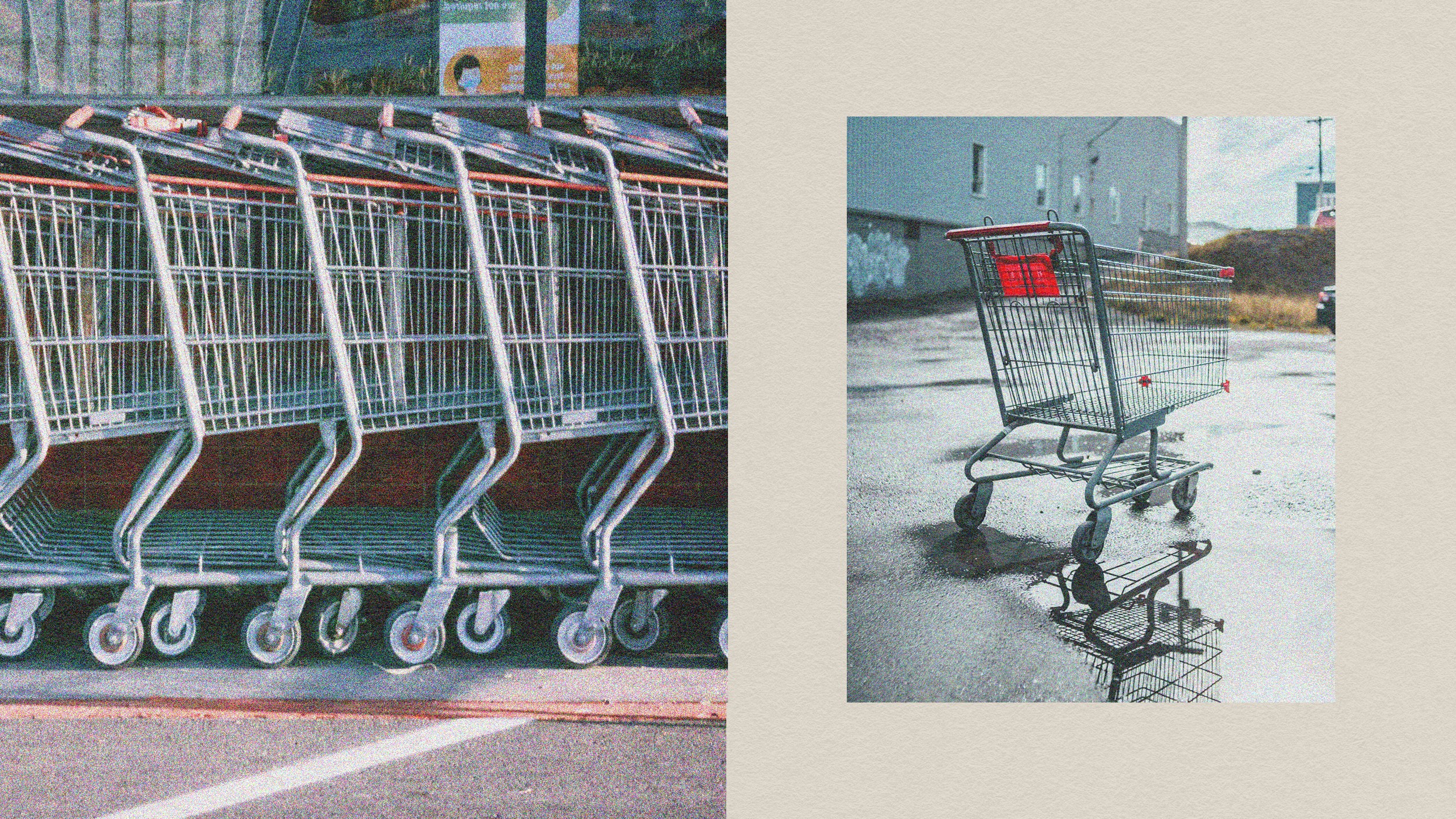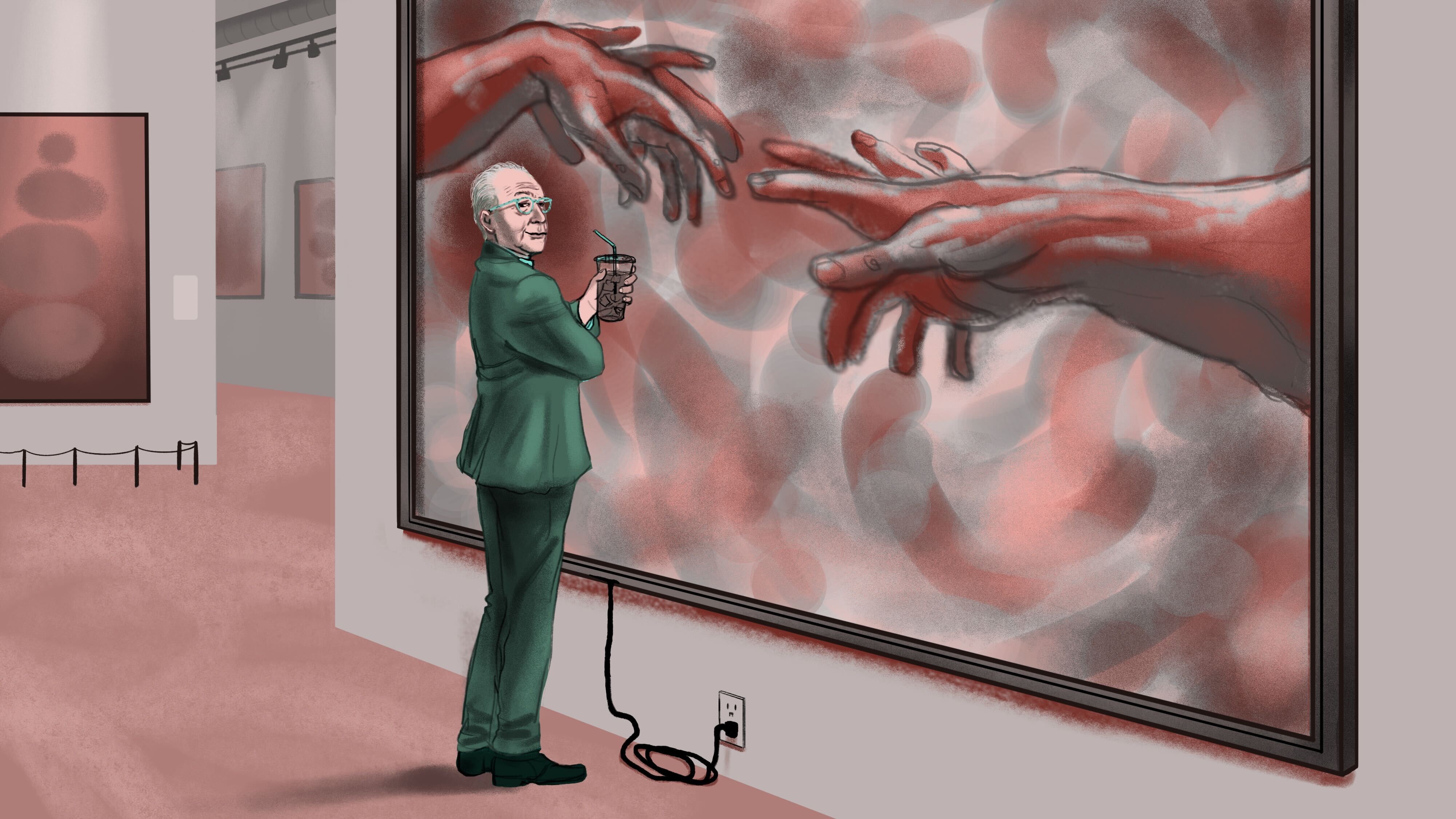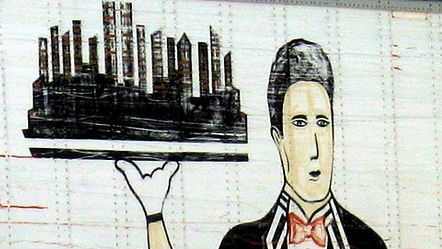How to Think Like Shakespeare: The Positive Value of Negative Capability

What does it mean to think like Shakespeare? The poet and playwright was much more than just a clever wordsmith. Shakespeare has long been admired for his deeply sympathetic identification with all things human. The psychological portraits Shakespeare painted, with a masterful touch of disinterestedness, embraced amazingly disparate aspects of life. It was as if he had met every single person in the world, it has been said.
This is a topic that has been explored in some depth here on Big Think. Today, in honor of Shakespeare’s birth and death on April 23, we are revisiting the idea of how this uniquely Shakespearean habit of mind can be applied to our own lives.
‘Negative Capability’
John Keat’s letters, according to T.S. Elliot, were “the most notable and the most important ever written by any English poet.” The letters represent a uniquely intimate record of Keats’s creative development, indeed his worldview. In one of these letters we are introduced to the concept of ‘negative capability,’ which is a term Keats invented to contrast his contemporaries with the sensibilities of the Elizabethans, most notably Shakespeare. Keats writes:
“What quality went to form a Man of Achievement especially in Literature & which Shakespeare possessed so enormously—I meanNegative Capability, that is when man is capable of being in uncertainties, Mysteries, doubts, without any irritable reaching after fact & reason—Coleridge, for instance, would let go by a fine isolated verisimilitude caught from the Penetralium of mystery, from being incapable of remaining content with half knowledge.”
Throughout the years, many critics have taken a hack at distilling this concept. Here is the critic Li Ou, from his book Keats and Negative Capability, observing that the key elements of negative capability include
imaginativeness, experiential and artistic intensity, submission of the self, sympathetic identification, the dramatic quality of a poet, disinterestedness, a neutral intellect tolerating diversity and contradiction, and a tragic vision of human experience, all of which are intricately related to one another.
Ou argues that negative capability “reveals a prominent non-Egotistical tradition in English poetry,” one that can be traced back to Shakespeare and which finds its expression as well in Modernist poetry. And yet, this concept has deeper philosophical ramifications. Here is the Irish poet Aubrey Thomas de Verey’s take:
the doubt of one who would rather walk in mystery than in false lights, who awaits that he may win, and who prefers the broken fragments of truth to the imposing completeness of a delusion.
Negative capability is a poetic state of mind, but it also gives us insights into the nature of scientific inquiry (the “irritable reaching after fact & reason” notwithstanding). So can we cultivate our own negative capability?
This concept has been appropriated for use in different contexts, such as the social theory of Roberto Unger. Unger argues that negative capability can be used to empower ourselves over social divisions. Stanley Fish argues against that idea. The concept has also been applied to psychology by Wilfred Bion and to organizational management by Robert French.
What these appropriations of the concept all have in common is the question of how we might improve our creative thinking. I happily stumbled upon a perspective on the subject by Beth Rushing, a Dean at St. Mary’s College of Maryland, who wrote the following “Advice to Freshman” in 2011. Rushing sees negative capability as the essence of a liberal arts education. It is about asking questions. It is about keeping an open mind to problem-solving. It is about developing empathy. Rushing writes:
John Keats, writing poetry in the early 19th century, and Barbara McClintock, studying corn genetics in the early 20th century, and Roberto Unger, writing theory and engaging in politics in the early 21st century, have this in common: they found hope, and truth, and beauty in the practice of negative capability, in listening patiently, having a certain level of comfort with uncertainty, and in recognizing that what appears to be given, is not necessarily so.
So what are some steps that can be taken to put this concept into practice? Among his contemporaries, John Keats stands alone in that he left an intimate record of his thoughts in the form of letters, private contemplations that he shared with his brothers. And in that sense, perhaps no one knew how to think like Shakespeare quite like Keats, who used his letters to “project himself into different roles” and embrace creative uncertainty, as the scholar John Mee argued in his introduction to Keats’s Selected Letters.
Mee also senses that the desire to inhabit other identities and other roles has an element of insecurity, perhaps neurosis, which also may be a key ingredient to creativity:
The provisionality of the correspondence might be taken as a triumphant demonstration of negative capability, recording Keats’s ability to project himself into different roles and live in a state of creative uncertainty, but these letters also seem to express a deep sense of insecurity, which frequently took the form of a desire to escape the fever and the fret of the life around him.





